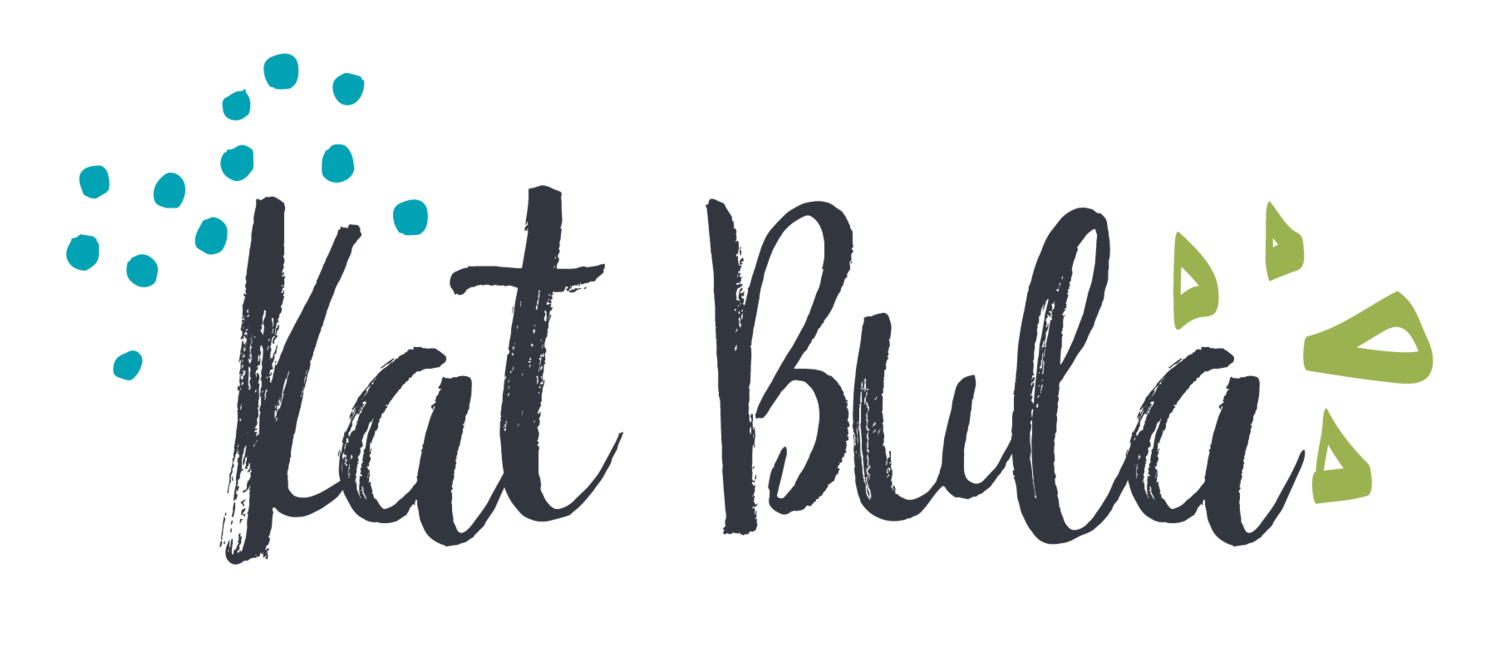
FIDDLEPROV
a 6-week online course
for fiddlers & violinists who want to
improvise solos and fills
in just about any genre
Hi, I’m Kat.
I’ve been an active live & recording session musician for over 25 years, working on everything from bluegrass to metal.
I’m passionate about helping other fiddlers and violinists to improvise and collaborate across genres. Since 2009, I’ve worked with hundreds of folks like you.
I know you might feel like this is something you can’t learn, especially if other classes have left you with more questions than answers.
I promise, you can—you just might need a different approach than you’ve previously experienced! Let’s dive in.
What’s included in Fiddleprov:
Six 60ish-minute lesson recordings, delivered once a week to your inbox - a combo of lecture & play-along practice.
Homework play-along videos & audios to guide your practice sessions between sessions, so you can build confidence and muscle memory. You’re basically jamming with me, except you can pause and rewind me as much as you like!
Here’s what you’ll learn:
Week 1 - The Lay of the Land
You’ll get your bearings for this course and its huge, sprawling topic. We’ll dive into some playing and explore what comes up, so you have context for everything we dig into over the next six weeks.
Week 2 - Melody-Based vs. Chord-Based Solo Strategies
Most music improv teachers start with a deep dive into scales, modes, and chords. (Many never take it any further than that, actually.) I’ll explain why this is putting the cart before the horse, and get you started with melody-based strategies that give you a much more immediate payoff.
Week 3 - Building Genre Flexibility
Moving fluidly and fluently between genres and musician communities is the ultimate #musicgoal. During week 3 we’ll look at what distinguishes genres from one another, and how to tweak our solos to get the right sound for the situation.
Week 4 - Melodic Backup (aka Fills)
Fills are the little melodic lines we snake around the singer’s voice. Melodic backup also includes things like pad (or drone) notes underneath the vocals. We do need to talk more about song structure, including chord progressions, at this point. That’ll give you the know-how to quickly find the simplest, most effective choices for these teeny tiny fill moments.
Week 5 - Chord-Based Improvisation
Now we’re finally ready to talk about connecting music theory to our soloing! Chord-based improvisation is what you’ll do when you don’t know the melody, or want to do something wild and crazy. Whether you’re a theory newbie or an expert, I’ll make sure the theory aspect of this class meets you where you are so you’re not overwhelmed nor bored. The most important takeaway—which most improvisation resources don’t address at all—will be how to get music theory to serve your creativity, not vice versa.
Week 6 - Putting It All Together
We’ll talk about how to shape your solos so they sound coherent, even when you mix and match the various strategies you learned in class. (If you’ve previously worked with teachers/books that focused on fancy scales and “hot licks,” we’ll also talk about how you can incorporate that stuff.) You’ll get lots of playing practice going back and forth between fills and solos. In real life, of course, you won’t always be the only solo instrument in a jam or band, so we’ll also talk about collaboration and arrangement considerations. Finally, I’ll give you some thoughts about where you might go from here.

Six-week masterclass + guided homework sessions
to help you
feel more flexible & confident
improvising in any genre
Is this really for me, though?
All levels:
This class is suitable for of fiddlers/violinists of all levels, who want to feel more confident creating solos and fills.
Most genres:
This material is applicable to all genres of music that involve creating your own parts based on a chord structure—including (but not limited to) folk, rock, jazz, and pop.
FAQ
I’m excited to start, but I’m worried I might get busy and fall behind.
No worries! You’ll have access to all course material forever, so you can follow along on your own schedule.
I wonder if I’m too advanced for this course to speak to where I’m at.
Even if you’re the concertmaster of a major symphony, if you don’t feel fluent responding in real time to what you hear in a jam or onstage, or this course will help you move beyond theory to connect those wires in your mind and fingers.
I don’t know if I’m advanced enough to understand and integrate the material.
As long as you’ve been playing fiddle for at least a few months, you’ll probably be fine. The more you develop as a player, the fancier your solos will get—but you don’t have to be fancy to get a lot out of this class.
I can't wait to jam with you someday in the future!
Love, Kat :)

